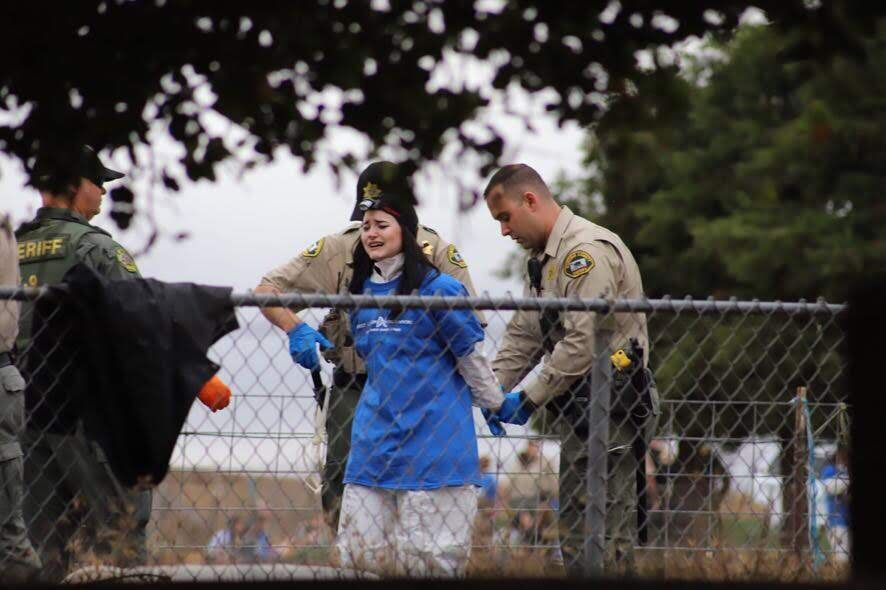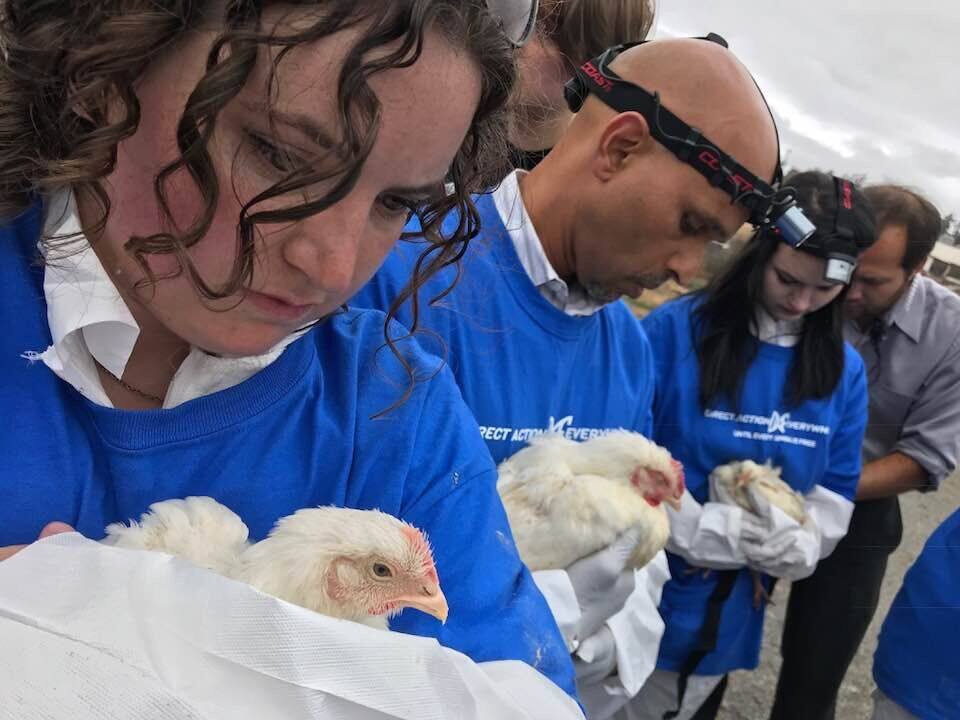As part of my visitorship at Harvard, I'm having the great pleasure of auditing
Philip Torrey's terrific Crimmigation class and learning a lot about this relatively new, but hugely important, legal field. After
Padilla v. Kentucky, knowing the immigration consequences of criminal convictions are not just "nice to know"--they are an ethical obligation for criminal attorneys, and our shameful immigration policy means that many, many criminal cases
will have immigration consequences.
Because removal from the U.S. is one of the most severely destructive things you can do to a person's life--far more destructive than the domestic sentences for many offenses--it is imperative that these consequences be foreseeable. Indeed, when you read caselaw written about crimmigration the judges will often say "this is obvious", but it is not obvious at all. The categories are nebulous and complex, the overlap between federal and state law is far from complete, and on the receiving end of this are people who have to figure out their criminal case strategy with an eye toward the immigration consequences. So, simplifying the analysis is overall a good thing.
In this post I'm presenting one idea/suggestion on a possible simplification of crimmigration, which in the grand tradition of the field, requires importing an idea from the criminal to the immigration realm--namely,
planting the Apprendi analysis regarding the definition of an "element" of the offense to the categorical analysis done in immigration removal cases. Let's explain.
When a person is removable from the United States on criminal grounds--whether as "inadmissible" (having not been legally admitted into the country) or "deportable" (having initially arrived here legally)--the law governing the removal can be found in sections 212 and 237 of the INA. These sections enumerate the sorts of criminal consequences that trigger removal. In general--and this is hugely simplified--"inadmissible" noncitizens can be removed following a conviction for a "crime of moral turpitude", a controlled substances offense or two or more convictions of some seriousness, or for being known as a controlled substance trafficker or a trafficker in persons or engaging in prostitution or other commercialized vice. "Deportable" noncitizens can be removed following a conviction for a recent crime of moral turpitude (or a combination of older crimes of moral turpitude), an "aggravated felony" (which need not be aggravated nor a felony), high-speed flight from an immigration checkpoint, failure to register as a sex offender, or an offense involving controlled substances, firearms, or domestic violence (more detail on all this in my colleague Richard Boswell's
excellent book.)
The challenge in applying these categories lies in that the federal definition of these offenses, as well as of the concept of "conviction", can differ from the state definition where the person was tried and convicted. Setting aside the issue of "conviction", which in itself is complicated, how can we tell whether a state conviction for a violation of a particular state statute is the equivalent of a conviction for an "offense involving controlled substances" as per immigration law?
To resolve this question, immigration courts recur to the "categorical approach": the analysis focuses on the content of the relevant statutes (the state criminal statute and the federal immigration statute) rather than on the facts that gave rise to the incident. Basically, the court will analyze the offense from the immigration statute, analyze the elements of the criminal statute, and if the former is narrower or equal to the latter (at its least culpable version), the person is deportable on criminal grounds. This kind of analysis is reminiscent of the analysis of several criminal procedure and sentencing doctrines, starting with the
application of the ACCA (
Descamps, despite having nothing to do with immigration, is regarded as precedent for immigration cases) and continuing with the
Blockburger test for "same offense" in the double jeopardy context.
But wait! Things get complicated, because state statutes are seldom straightforward. They often include several alternative actions, circumstances, or mental states. When faced with such complexity, immigration judges have to figure out whether it is a "divisible" or an "indivisible" statute. A "divisible" statute is a statute that includes several alternative elements, in which the jury has to find positively, beyond a reasonable doubt, that a particular subset of these alternatives (as opposed to the other alternatives) occurred. If that's the case, the "modified categorical approach" allows the court to go beyond the face of the statute and look at actual documents from the case--say, the indictment, the plea colloquy, the jury instructions--to figure out which version of the divisible statute the person was convicted of. Then, the court proceeds with the categorical analysis with respect to that particular subdivision. By contrast, some statute will enumerate alternative features, but those don't rise to the level of "elements"--they are merely "means", which is to say, a criminal jury is not required to specify which of these they found occurred in the case. If so, the regular categorical analysis stands and the court won't be permitted to go beyond the language of the statute.
Corollary: It is very important, for immigration law purposes, to know whether the alternative wording in the statute constitute "elements" or "means".
For an example of this analysis, look at the
Ninth Circuit decision in Rendon v. Holder (2014). The case involved the California burglary statute, which prohibits entry with intent to commit “grand or petit larceny or any felony.” Because not any felony is larceny, there's a possible argument that this is a divisible statute; but the Ninth Circuit analogized this case to
Descamps, which deals with the exact same statute in the ACCA context, to say that it is not a divisible statute. The reason? A California jury deliberating a burglary case would not be required to unanimously decide between “larceny” versus “any felony,” or to unanimously agree as to the “felony.”
How do we know this? One tell-tale sign would be if the burglary statute affixed different sentences to people entering to commit "larceny" and people entering to commit some other felony. That would be an indication that these elements have to be found by a jury. But this is not the case here, so the courts in Descamps and Rendon have to go into the statute and into jury instructions etc.
The thing is, we don't actually need the middle man. In 2000, SCOTUS decided
Apprendi v. New Jersey, which is not an immigration case but a sentencing case. The story was as followed: Apprendi fired several shots into the home of an African-American family and made a statement–which he later retracted–that he did not want the family in his neighborhood because of their race. He was charged under New Jersey law with second-degree possession of a firearm for an unlawful purpose, which carries a prison term of 5 to 10 years. But New Jersey also had a hate crime statute, which was not mentioned in Apprendi's charge, and which doubles the sentence of a crime if a trial judge finds, by a preponderance of the evidence, that the defendant committed the crime with a hate motive. Apprendi pleaded guilty, the prosecutor filed a motion to enhance the sentence, and the judge found by a preponderance of the evidence that the shooting was racially motivated. As a consequence, Apprendi got 12 years - 2 more than the maximum sentence for the basic firearms conviction. On appeal, Apprendi argued that the hate motive should have been mentioned in the charging document and proven to a jury beyond a reasonable doubt--in other words, according to the classification that was valid at the time, that the "hate motive", despite appearing in a separate statute, was an "element of the offense" and not merely a "sentencing enhancement." Writing for the majority of the Court, Justice Scalia found that the distinction between an "element" and an "enhancement" was unclear and unnecessary, and that the 6th Amendment, as well as the principle of legality, required a jury decision beyond a reasonable doubt regard
ing "any fact that increases the penalty for a crime beyond the prescribed statutory maximum, other than the fact of a prior conviction."
Apprendi yielded a whole series of cases dealing with the question of what counts as an "increase in penalty", but that's not of concern here: what I argue is that the same test can be used in the immigration context, and it renders unnecessary the whole distinction between "elements" and "means." If the ruling in Apprendi is adopted in the immigration context, immigration judges looking at a complex statute need only ask about a particular part of the statute: does this part impact what sentence the person's going to get? If so, the statute is divisible, and this fact is the subdivision we have to apply the modified categorical approach to. If not, the statute is indivisible, and we don't have to worry about this part and we apply the straightforward categorical approach.
Why is this a good suggestion? Well, for one thing, it makes things simpler. This in itself is a virtue in immigration, and the reason why the categorical approach was adopted to begin with: clear administrative decisionmaking and uniformity. This is especially important, because while the logic behind not getting into the facts was supposedly to make things easier, it hasn't, and courts bumbling through doctrinal analysis don't necessarily do a better job than courts bumbling through case facts. If there's something we can do to simplify the doctrinal analysis, we're actually helping.
In addition, adopting Apprendi in immigration removal cases the trend of adopting criminal law logic in immigration contexts, and would do something to correct the imbalance in the interface between the two areas of law. It would also harmonize the tendency to prefer these kind of clean, element-based analysis with other areas of criminal law, such as double jeopardy.
Finally, this is not a bleeding-heart-open-borders suggestion: presumably, if you are the "you do the crime, you do the time, you leave the country" type, without fair warning as to what the "crime" consists of, you don't have much of a moral basis for your retributive stance.
I'd love to hear your thoughts.









